Fine Art Photography: A Journey Through Aesthetics and Expression
Introduction
Fine art photography is a form of visual expression that transcends the simple capture of images to become a work of art in itself. It combines technique, creativity, and personal vision to create images that evoke emotions and tell stories. This article explores the origins of fine art photography, its techniques, iconic artists, and its role in contemporary culture.
What is Fine Art Photography?
Fine art photography is distinguished from commercial or documentary photography by its artistic intent. It aims to express a personal vision, emotion, or idea through carefully composed and often retouched images. Fine art photographers use light, composition, color, and texture to create works that engage and inspire the viewer.
Origins of Art Photography
1. The Pioneers of Photography
The beginnings of art photography date back to the first photographic experiments in the 19th century. Figures such as Julia Margaret Cameron and Gustave Le Gray used photography to create artistic images, laying the foundations for the genre.
2. Pictorialism
In the late 19th century, the Pictorialist movement emerged, seeking to elevate photography to the status of art. Pictorialists used blurring, superimposition, and retouching techniques to mimic the effects of paintings and prints.
3. Modern Photography
In the early 20th century, photographers such as Alfred Stieglitz and Edward Steichen revolutionized art photography by exploring contemporary themes and using innovative techniques. They contributed to the recognition of photography as an art form in its own right.
Techniques in Art Photography
1. Composition
Composition is essential in fine art photography. Photographers use techniques like the rule of thirds, leading lines, and framing to create balanced and aesthetically pleasing images.
2. Light and Shadow
Mastering light and shadow is crucial. Fine art photographers play with contrasts, reflections and light sources to create unique moods and visual effects.
3. Color and Texture
Color and texture add depth and emotion to an image. Photographers experiment with color palettes, materials, and surfaces to enrich their compositions.
4. Post-Processing
Post-processing is the process of refining and transforming images. Software such as Adobe Photoshop and Lightroom are used to adjust colors, contrast, brightness, and add special effects.
Emblematic Artists of Fine Art Photography
1. Ansel Adams
Ansel Adams is famous for his black and white landscapes of the American West. His mastery of light and contrast has made him an iconic figure in art photography.
2. Cindy Sherman
Cindy Sherman is known for her conceptual self-portraits that explore themes of identity, gender, and representation. She uses costumes, makeup, and sets to create diverse characters.
3. Sebastiao Salgado
Sebastião Salgado is a documentary photographer whose black and white images capture the beauty and harshness of the world. His work combines impeccable technique with deep humanity.
4. Andreas Gursky
Andreas Gursky is known for his large-format photographs of industrial and urban landscapes. His images are often retouched to create visually stunning and complex compositions.
Contemporary Art and Culture Photography
1. Influence on Visual Arts
Fine art photography has a significant influence on other visual art forms, including painting, sculpture, and graphic design. It inspires artists to explore new perspectives and techniques.
2. Photography and Technology
Technological advances, such as digital photography and editing software, have expanded the creative possibilities in fine art photography. Photographers can now manipulate images in more complex and innovative ways.
3. Art Market
Art photography occupies an important place in the art market. The works of renowned photographers are exhibited in galleries and sold at auctions for high prices, attesting to the recognition of photography as a major art.
4. Social and Political Impact
Art photography can also have a social and political impact. Photographers use their art to address social issues, raise awareness, and provoke thought and discussion.
How to Develop a Fine Art Photography Practice
1. Find your Style
Developing a personal style is essential. Experiment with different subjects, techniques and formats to discover what inspires you most and reflects your unique vision.
2. Master the Technique
Mastering basic techniques is crucial. Learn how to use your camera, compose images, and edit your photos to create high-quality work.
3. Study the Great Masters
Study the work of the great masters of fine art photography to understand their techniques and vision. Analyze their images to learn and gain inspiration.
4. Participate in Exhibitions and Competitions
Participate in photography exhibitions and competitions to showcase your work and receive feedback. This can also open up networking and career opportunities.
5. Stay Curious and Experiment
Fine art photography is a constantly evolving field. Stay curious, continue to experiment and explore new ideas and techniques to evolve as an artist.
Conclusion
Fine art photography is a fascinating discipline that combines technique, creativity, and personal vision to create captivating visual works. From its origins in the 19th century to contemporary innovations, fine art photography has evolved to become a major form of expression in modern visual culture. Whether you are an avid amateur or a seasoned professional, understanding the principles and techniques of fine art photography can enrich your practice and enable you to create images that challenge and inspire.
FAQs
What is fine art photography? Fine art photography is a form of visual expression that aims to create aesthetic and emotional works using composition, light, color, and post-processing techniques.
Who are some of the iconic artists in fine art photography? Some of the iconic artists include Ansel Adams, Cindy Sherman, Sebastião Salgado, and Andreas Gursky.
How does art photography influence contemporary culture? Art photography influences contemporary culture by inspiring other visual art forms, participating in the art market, and addressing social and political issues.
What are some commonly used techniques in fine art photography? Commonly used techniques include composition, mastery of light and shadow, use of color and texture, and post-processing.
How to develop a practice in art photography? To develop a practice in art photography, it is essential to find your style, master the basic techniques, study the great masters, participate in exhibitions and competitions, and remain curious and open to experimentation.



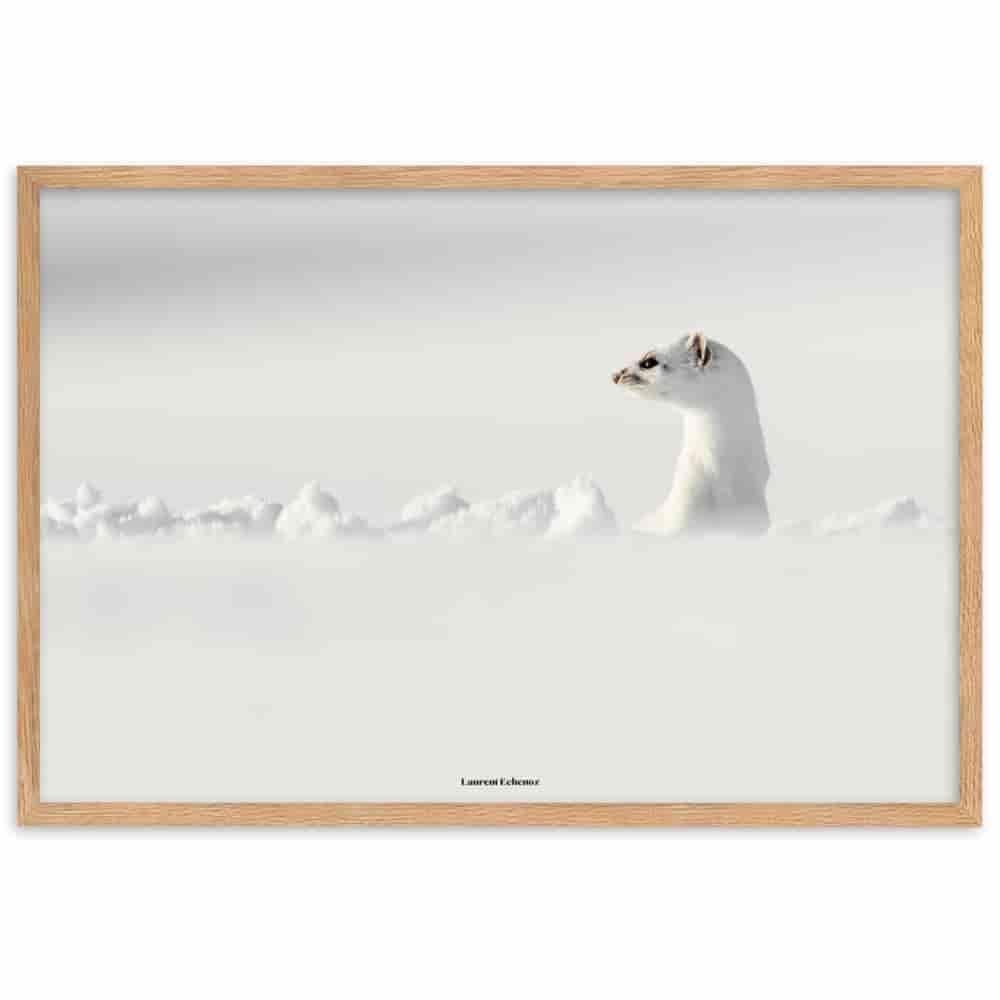
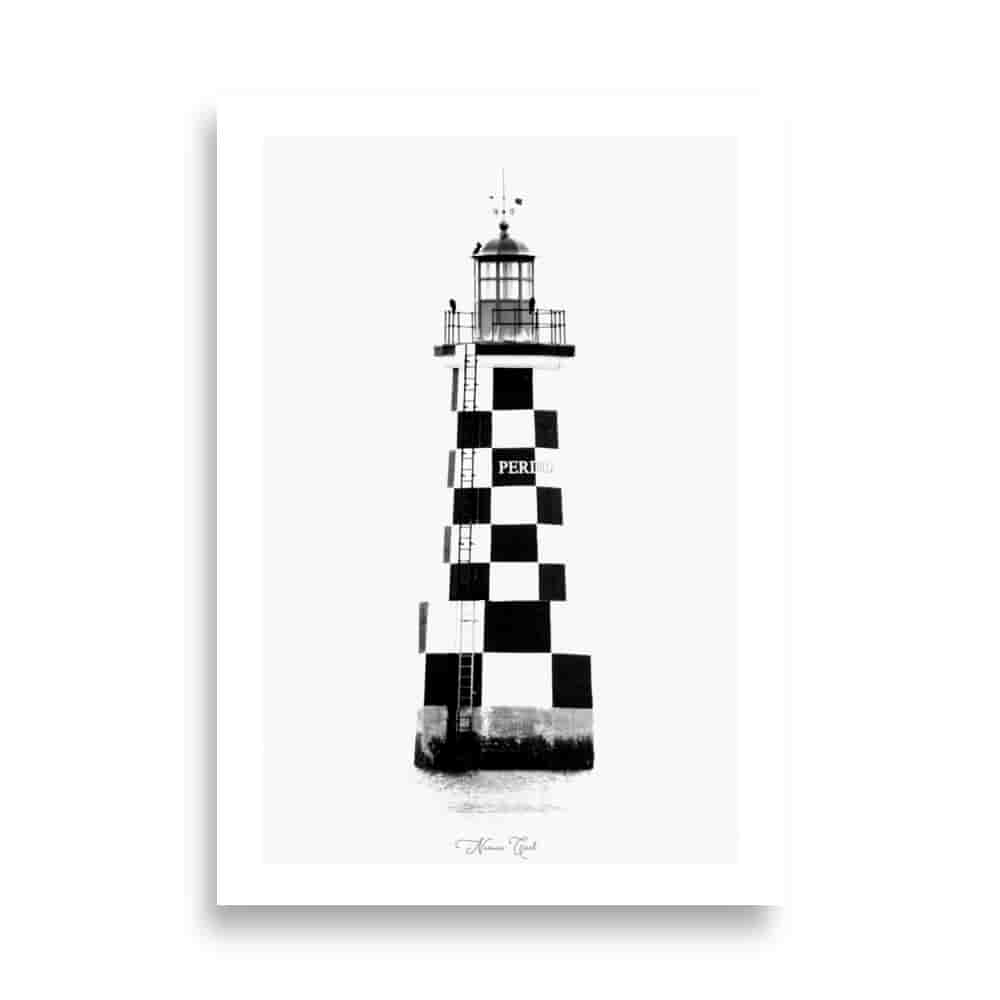
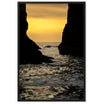






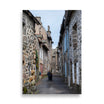




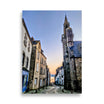


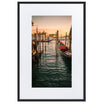










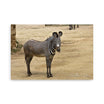


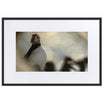



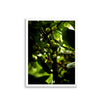


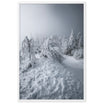



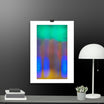




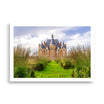






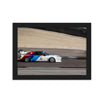

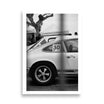
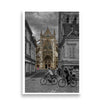






Leave a comment
All comments are moderated before being published.
This site is protected by hCaptcha and the hCaptcha Privacy Policy and Terms of Service apply.